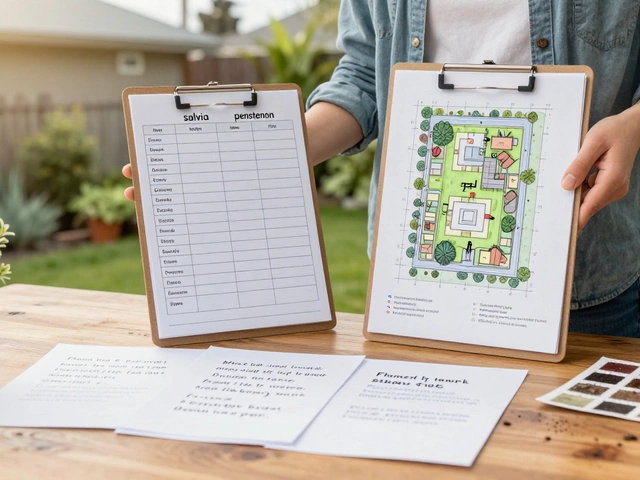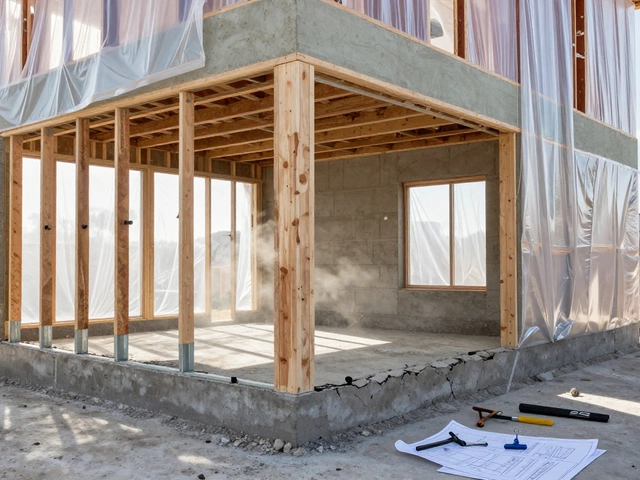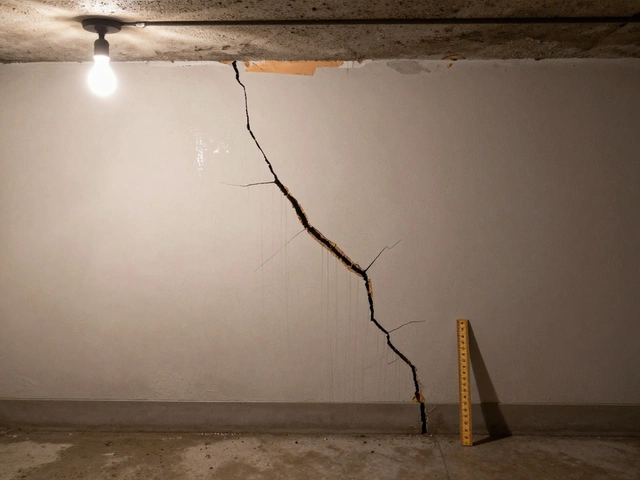American English
When talking about American English, the set of English language rules and usage common in the United States. Also known as US English, it differs from other English varieties in several predictable ways. One of the biggest distinctions is Spelling variations, where words like "color" replace the British "colour" and "center" replaces "centre". Another core element is Pronunciation differences, such as the flat‑a sound in "dance" or the rhotic "r" that is pronounced in words like "car". Finally, Vocabulary includes terms like "truck" for "lorry" and "apartment" for "flat". These three entities—spelling, pronunciation, and vocabulary—form the backbone of what makes American English unique and recognizable. Understanding them helps you navigate everyday conversation, read American‑origin texts, and avoid common mix‑ups when switching between English dialects.
Key concepts that shape American English
American English encompasses a range of regional accents, but the standard version used in media and education rests on a shared set of grammar rules. For instance, the use of the simple past tense often replaces the present perfect in British English, so you’ll hear "I already ate" instead of "I have already eaten". This grammar choice requires learners to adjust their verb usage patterns. Additionally, idiomatic expressions like "hit the road" or "break a leg" carry cultural meaning that isn’t obvious from the words alone; they influence how speakers convey tone and humor. The evolution of the language is also driven by technology—terms like "download" and "stream" entered mainstream usage in the early 2000s, showing how new tools enable vocabulary growth. When you compare American English with its British counterpart, you’ll notice a clear link between spelling reforms (e.g., "theater" vs. "theatre") and the drive for phonetic consistency that shaped Noah Webster’s early dictionaries. This historical push creates many of the spelling variations you encounter today.
Below you’ll find a curated list of articles that break down each of these areas in depth—whether you need a quick cheat sheet for spelling, a pronunciation guide for tricky vowel sounds, or a rundown of must‑know American idioms. The posts also touch on related topics like home‑improvement terminology, storage‑room vocab, and even how certain American English terms appear in construction guides. Dive into the collection to sharpen your ear, expand your word bank, and feel more at home with the language used by millions across the United States.
Why Do Americans Say Closet? Exploring the Meaning Behind the Word
Why do Americans use the word 'closet' instead of 'wardrobe'? This article breaks down the history and unique habits behind American closet culture. You'll learn how 'closet' became the go-to term, what makes it different from wardrobes, and how this choice changes the way people store and organize their stuff. Get fun insights, a bit of surprising history, and tips to make the most of your closet space.
full article




